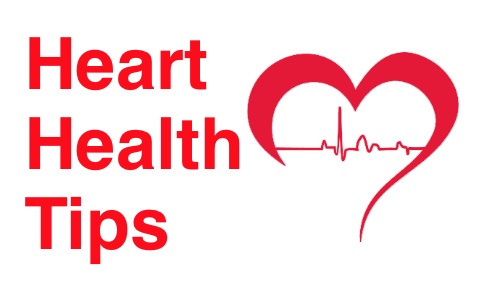Every day people suffer from heart attacks and cardiac arrest and most people simply don’t know the difference.
Here is a great article on the subject reposted from ACLS Medical Training

Is it a HEART ATTACK or CARDIAC ARREST?
Did you know that there is a big difference between heart attack and cardiac arrest? The major difference is that HEART ATTACK is a blood flow problem and CARDIAC ARREST is an electrical problem.. Both conditions can be deadly, but they are caused by (and treated with) different things.
What is a heart attack?
The heart muscle gets its blood supply from little coronary arteries. A heart attack, or myocardial infarction, occurs when blood flow through one or more of these coronary arteries is blocked. A person having a heart attack often will feel crushing chest pain, shortness of breath, dizziness/faintness, and have cold sweats. The symptoms may occur over minutes to hours. Importantly, the heart usually keeps beating (though maybe abnormally). In other words, many people experiencing a heart attack will have a pulse.
What is a cardiac arrest?
Electrical impulses pulses move across the heart, causing the heart to contract. This coordinated contraction pumps blood through the arteries to the tissues. An abnormality in the electrical conduction is a cardiac arrhythmia or abnormal/irregular heartbeat. When a cardiac arrhythmia prevents the heart from pumping blood to the body, it is a cardiac arrest.
Cardiac arrest happens suddenly and dramatically. A person in cardiac arrest will be unresponsive and will usually stop breathing (or just gasp ineffectively). A cardiac arrest can be lethal within a matter of minutes if person does not receive CPR and/or cardiac defibrillation.
What do I do?
Regardless of whether a person is having a heart attack or cardiac arrest, call for help immediately (i.e., call 911).
If the person is experiencing symptoms of heart attack, have the person chew on four low dose or one full dose aspirin (do this only if the person is not allergic to aspirin). If the patient has nitroglycerin, give him a dose. Try to keep the person calm until help arrives. Too much exertion puts strain on the heart. If the person uses an oxygen tank, make sure it is on and attached. Remember, a heart attack can turn into cardiac arrest if the heart becomes damaged.
If the person is not responsive when you yell at him, assume it is CARDIAC ARREST and start CPR. If you can get to an automated external defibrillator (AED) quickly—go get it at use it. Better yet, send someone else to get it and bring it back. Start chest compressions right away and don’t stop until help arrives. You can stop CPR momentarily to use the AED, but start CPR again as soon as you are done using the device.
What if I don’t know how to perform CPR?
Get certified in Basic Life Support—You could save a life!


